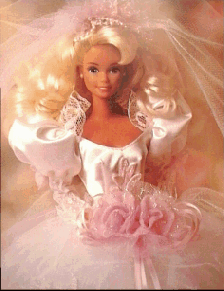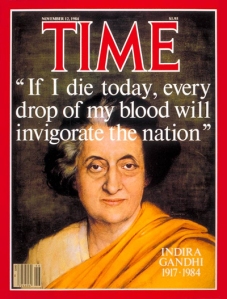Posts Tagged ‘philosophy’
You can discover more about a person in an hour of play than in a year of conversation.
(Plato)
Toys existed since ancient times because the man always had a deep relation with toys.


A lot of toys discovered in some archeological sites around the world are dolls and toy soldiers, the old ancestor of Barby and G.I. Joes.
 History of toys follows the development of human society , ancient toys where made of wood, stone or clay, like old tools.
History of toys follows the development of human society , ancient toys where made of wood, stone or clay, like old tools.
In ancient Egypt little girls had porcelain dolls with fake hairs and kids of ancient Rome used to play with fake arches and wood swords.
Even the yo-yo has old origins, the firsts were made in wood in Cina more than 2500 years ago and in Greece, yo yo, decorated with divinities images, were very popular in 500 b.C.
Incas finds too, show the love of this culture for toys like wooden circles and well shaped dolls. Medieval games where made of woods: in this period were invented the famous rocking-horse and the miniature playhouses.
In late Middle Ages, can be tracked the origins of handmade wood toys for nobles children.
Wood toy manufactory is a real art and rare, ancient wood toys became part of hig value collections. There are collectors ready to spend thousands of dollars for a small wooden toy.
 Nowadays, a lot of small companies are specialized in wooden toys manufactory, making great and stylish old fashion products, like
Nowadays, a lot of small companies are specialized in wooden toys manufactory, making great and stylish old fashion products, like
London city in a bag here.
this means that old fashion games are still desired from children all over the world.
- In: Educational
- 1 Comment
 A famous quote of Indira Nehru Gandhi is: All my games were political games I was, like Joan of Arc, perpetually being burned at the stake.
A famous quote of Indira Nehru Gandhi is: All my games were political games I was, like Joan of Arc, perpetually being burned at the stake.
Indira Ghandi suggests that if If you have a moral, poltical or ethical principle, you should follow it and take inspiration from it, even if you risk the gallows.
And here is the question, why if we the have worldwide shared human principles, a kid can make robberies, steal cars and kill everyone playing a videogame?
What kind of message is this?
Is criminal violence cool?
Fortunately, in the video game industry there are also great examples of clever games and new products, oriented to education, fitness, brain training etc.
I’m for this second kind of games, not only because they’re physically and mentally healthy, but also I think that the deeper essence of any kind of game is to educate and to build a consciousness of the elementary human principles and behaviors.
In this sense a game choice is a political game, because you choose if you want to deal with the improvement of yourself or with brutality and criminality.
Indira Gandhi’s big lesson in her small sentence about “political games”, gives me a good reason to say that I would prefer being put at the stake rather than kill a character in a videogame.
 In ancient Greece,
In ancient Greece,  Theseus (the player) must overcome different stages in a labyrinth scenario to fight and defeat the final Minotaur monster.
Theseus (the player) must overcome different stages in a labyrinth scenario to fight and defeat the final Minotaur monster. Today I would like to make a tribute to a music legend of the past:
Today I would like to make a tribute to a music legend of the past:  Toys are cultural products with a long history, they survived to all cultural changes of our society and to the aggressive newcomers in the leisure industry, such as video games, Internet, board games etc.
Toys are cultural products with a long history, they survived to all cultural changes of our society and to the aggressive newcomers in the leisure industry, such as video games, Internet, board games etc. Germany was one of the first nation to develop a modern toys craftsmanship; in 1973 Besterlmeier merchants of Nuremberg traded their toys in all Europe. In that period Nuremberg was the world capital of toys, especially for dolls, in the toys’ shop catalogue a customer could find more than 10.000 products.
Germany was one of the first nation to develop a modern toys craftsmanship; in 1973 Besterlmeier merchants of Nuremberg traded their toys in all Europe. In that period Nuremberg was the world capital of toys, especially for dolls, in the toys’ shop catalogue a customer could find more than 10.000 products. All modern studies on chess genealogy agree that we can find the origins of chess in ancient India, when, in an indeterminate period around the 6th century during the Gupta Empire, the game called
All modern studies on chess genealogy agree that we can find the origins of chess in ancient India, when, in an indeterminate period around the 6th century during the Gupta Empire, the game called 
 In history, the game of
In history, the game of 
Gaming comments